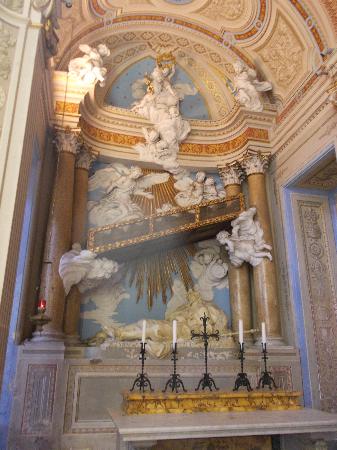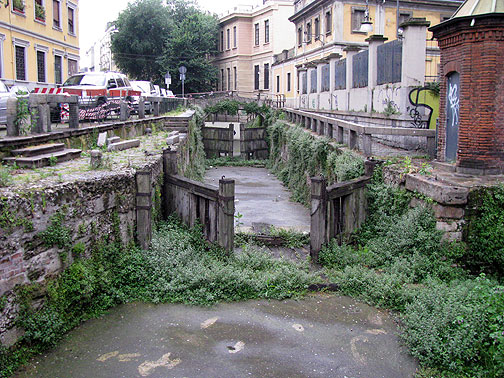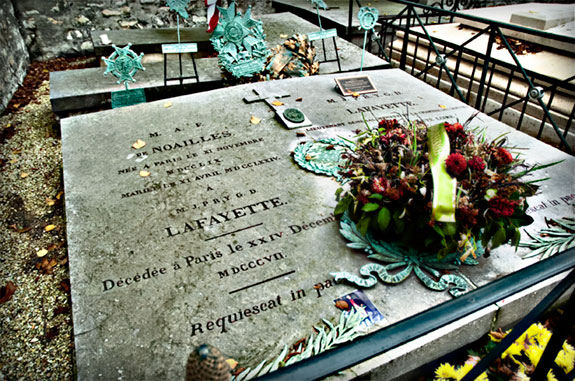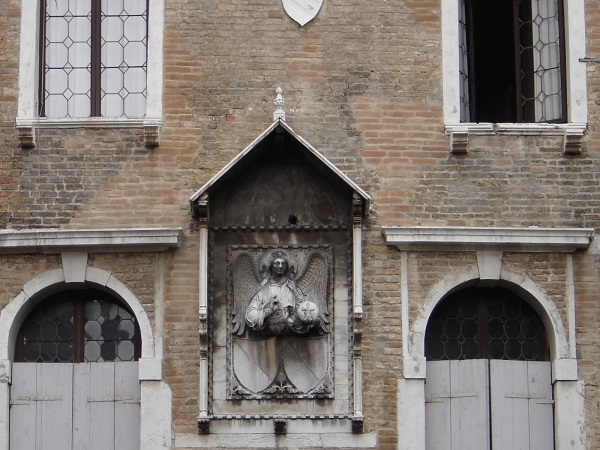The gallery of Villa Clerici is little known, although it has been open since 1955, primarily because it is some way from the city centre of Milan. Few in fact know that it has recently reopened after being long closed for maintenance work.
This museum is one of the first in the world – and the first in Italy – to bring together works of solely religious art. Two hundred pieces are on display (the collection storerooms contain around 3,300 other pieces, comprising drawings, paintings, bronzes and plaster casts) and the whole enterprise was the result of the passion of one man, Dandolo Bellini. Covering religious art produced in the twentieth century, the collection contains noteworthy examples of the work of Bellotti, Bodini, Carena, Carpi, Hernandez, Manfrini, Manzù, Minguzzi, Soldi, Usellini and Zigaina – to name but a few. An entire room is devoted to some fifty sculptures by Francesco Messina alone.
Villa Clerici was built for the family of that name in the first half of the eighteenth century, to designs by Francesco Croce. The building was later purchased by Count Melzi, who stripped it of its decorations and used the premises as workshops and spinning mills. In 1927, the villa became a half-way house for the social reintegration of ex-convicts; then , after the Second World War, the institution focused primarily on ill-adjusted teenagers. When this service was rehoused in a modern building next door, the villa was free for other use. The idea to convert it into a gallery of religious art came from Dandolo Bellini, a friend and assistant to Giovanni Battista Montini, the future Pope Paul VI.
Along with the collection itself, the lower-floor rooms in the villa still have their late eighteenth century frescoes, while the upper floor – reached by a monumental staircase ornamented with statues of Atlas – contains trompe-l’œil work representing The Arts.
While you are visiting, don’t miss the two gardens, at front and back. The one behind the Villa is the larger and has fountains, statues and two open-air theatres. One of these statues, depicting St John Nepomucen, used to stand alongside the Naviglio but it was broken during a 1943 bombing raid and subsequently bought to the Villa after restoration.
So, the next time you are in Milan, take the time to visit this extraordinary Villa. The art is stunning, the building amazing and the gardens just beautiful.











